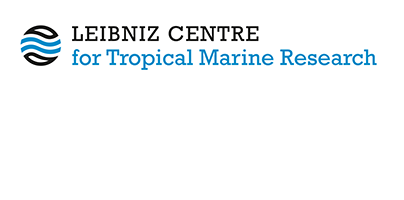Larval fish assemblages in Independencia Bay, Pisco, Peru: temporal and spatial relationships.
Vélez, J. A., Watson, W., Arntz, W., Wolff, Matthias  ORCID: https://orcid.org/0000-0001-7458-983X and Schnack-Schiel, S. B.
(2005)
Larval fish assemblages in Independencia Bay, Pisco, Peru: temporal and spatial relationships.
Marine Biology, 147
(1).
pp. 77-91.
DOI https://doi.org/10.1007/s00227-004-1535-z.
ORCID: https://orcid.org/0000-0001-7458-983X and Schnack-Schiel, S. B.
(2005)
Larval fish assemblages in Independencia Bay, Pisco, Peru: temporal and spatial relationships.
Marine Biology, 147
(1).
pp. 77-91.
DOI https://doi.org/10.1007/s00227-004-1535-z.
|
Text
Wolff.pdf - Published Version Restricted to Registered users only Download (511kB) |
Abstract
The structure of the larval fish assemblages in Independencia Bay on the coast of Peru was examined using a combination of univariate and multivariate techniques. The plankton of Independencia Bay was sampled during 2000, to ascertain ichthyoplankton composition, abundance, and seasonality. These data were used to assess the function of the bay as spawning and nursery grounds and were related to the regional oceanography. In total, 16,156 fish larvae, representing 34 families, 48 genera, and 48 species were collected. Engraulidae, Normanichthyidae, Blenniidae, Gobiesocidae, Haemulidae, Labrisomidae, Pinguipedidae, and Atherinidae comprised 96.8% of the larvae captured; the remaining 3.2% included 26 families. Greatest mean larval fish densities, 319–1,381 per 100 m3, were recorded between September and November, suggesting a major spring spawning period. The most abundant fish larvae during this period were preflexion stage mote sculpins (Normanichthyidae) and newly hatched and preflexion stage anchovies (Engraulidae). A second, smaller summer peak was dominated by preflexion stage anchovies, followed by preflexion stage mote sculpins. The occurrence of high larval fish densities and the wide range of larval stages suggest that Independencia Bay is a regionally important spawning and nursery ground for marine fish. The principal component analysis showed that temperature and salinity were the dominant variables within the first two principal components, which accounted for 74.4% of the variation in environmental conditions. These conditions varied over time, station, and depth; however, interaction terms could not clearly be identified. Fitting a multinomial logistic model showed that larval fish assemblages and environmental conditions were associated in a complex way. The spring and summer ichthyoplankton abundance peaks in Independencia Bay coincided with high zooplankton standing stock and also coincided approximately with the periods of increased upwelling in the area.
| Document Type: | Article |
|---|---|
| Programme Area: | PA Not Applicable |
| Research affiliation: | Integrated Modelling > Resource Management |
| Refereed: | Yes |
| Open Access Journal?: | No |
| DOI: | https://doi.org/10.1007/s00227-004-1535-z |
| ISSN: | 0025-3162 |
| Date Deposited: | 15 Oct 2025 17:46 |
| Last Modified: | 15 Oct 2025 17:46 |
| URI: | https://cris.leibniz-zmt.de/id/eprint/5804 |
Actions (login required)
 |
View Item |





 Tools
Tools Tools
Tools